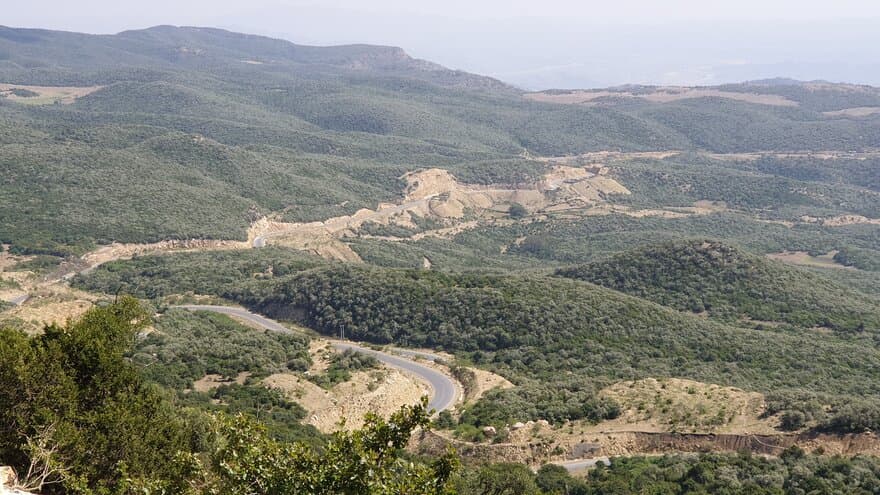A new NMBU-project is going to build a climate-smart policy and management framework for conservation and use of dry forest ecosystem services and resources in Ethiopia.
Dry forests, on which millions of the world’s poorest and most marginalized people depend, are among the most threatened and neglected ecosystems globally. These forests, which occur in tropical regions with several months of severe or absolute drought, are the dominant features of the landscapes of most countries in Sub-Saharan Africa, including Ethiopia.
Constant threat
“Dry forests and the ecosystem services they provide are under constant threat due to both natural and human-induced factors,” project leader and researcher Meley Mekonen Rannestad says.
Fill the gaps
A new NMBU-coordinated project is going to fill in key knowledge gaps concerning Ethiopian dry forests.
“This is a response to the urgent need for integrative policies and management approaches and decision-support tools that can enhance resilient and sustainable utilization of dry forest ecosystem services and resources,” Rannestad says.
The project will generate important data, models and actionable methods for linking research, policy and practice.
Develop decision support tools
“Our main goal is to co-design an integrated analytical framework and develop a computer-based decision support tool that supports the sustainable management of dry forest resources and ecosystem services in the face of climate change”, Rannestad says.
The researchers will investigate rates, patterns and underlying drivers of deforestation and degradation of dry forests in the targeted regions. They will also study the magnitude and direction of potential climate change impacts on dry forests and the people who depend on their ecosystem services.
Moreover, they will examine the potential for reducing the socioeconomic consequences of climate change-driven changes in the dry forest ecosystem services through different mixes of policy options and forest governance measures and practices.
“We will investigate the trade-offs and potential synergies between forest-based climate change mitigation and adaptation measures based on sustainable utilization and conservation of forestland and resources,” she concludes.
